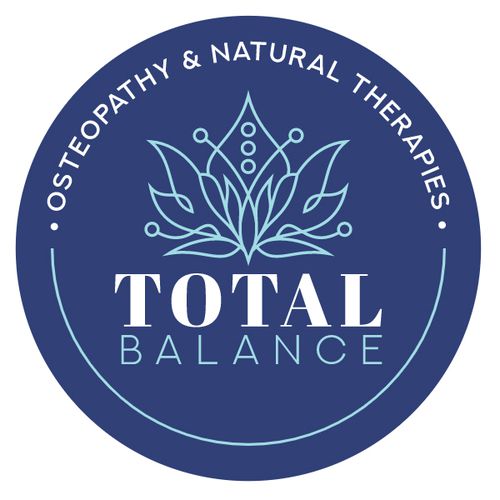
Back Pain
Regardless of age or gender, 80 per cent of the population will suffer from back pain at some time. Common causes of back pain include:
- extensive sitting or standing
- heavy lifting
- injury
- pregnancy
- constipation, irritable bowel and endometriosis
- menstrual pain
- insufficient flexibility
- muscle weakness
- dysfunction in the thorax, lower limbs and pelvis.
There are several more serious causes of low back pain such as disc injury, fracture, tumour and infection. Osteopaths, as primary health care practitioners, are trained to differentiate between uncomplicated back pain and back pain requiring referral to specialist care.
Treatment by an Osteopath
Your osteopath will help you develop the most effective course of action to manage your back pain. They will:
- improve joint mobility
- reduce muscular tension, inflammation and nerve irritation
- improve blood supply and drainage to and from the spine and pelvis
- reduce the duration of low back pain episodes
- help prevent future episodes
- offer advice on posture, exercises and stretching
- provide advice on improving your ergonomic environment
- provide guidance on diet, hydration and exercise
- communicate and plan treatment with your GP and insurer
- refer you for radiological assessment when required.
Top tips for back care:
- seek osteopathic advice regularly
- keep mobile and exercise daily. Nothing is better than walking!
- during repetitive tasks or heavy labour, make sure to vary your rhythm, take regular breaks, and have a stretch
- keep well hydrated to keep your spine more mobile
- eat sufficient protein to help repair tissue
- be careful when lifting
- have regular osteopathic care during pregnancy and while breastfeeding
- ensure you have a supportive mattress
- make sure your children do not carry a heavy bag on one shoulder or spend too much time in front of a PC or TV.
What is Osteopathy?
Osteopathy is a form of manual medicine which recognises the important link between the structure of the body and the way it functions. Osteopaths focus on how the skeleton, joints, muscles, nerves, circulation, connective tissue and internal organs function as a holistic unit.
Using skilled evaluation, diagnosis and a wide range of hands-on techniques, osteopaths can identify dysfunction in your body. Osteopathic treatment uses techniques such as stretching and massage for general treatment of the soft tissues (muscles, tendons and ligaments) along with adjustments of specific joints and soft tissues.
In Australia, osteopaths are government registered practitioners who complete a minimum of five years’ university training in anatomy, physiology, pathology, general medical diagnosis and osteopathic techniques. Osteopaths are primary healthcare practitioners and are trained to recognise conditions which require medical referral. They are also trained to perform standard medical examinations of the musculoskeletal, cardiovascular, respiratory and nervous systems.
For more information on osteopathy visit our Australian Osteopathic Association feature page.
This article was kindly brought to you by the Australian Osteopathic Association, AOA.
© Australian Osteopathic Association 2008. All rights reserved. No part of this publication may be reproduced without the prior permission of the copyright owner.
Originally published on Nov 09, 2009








